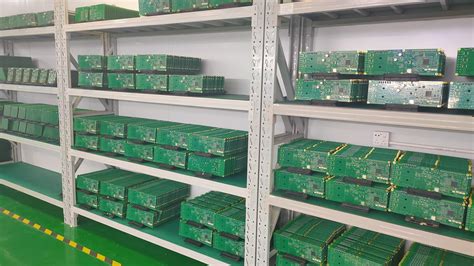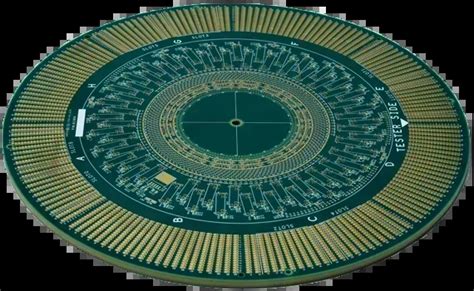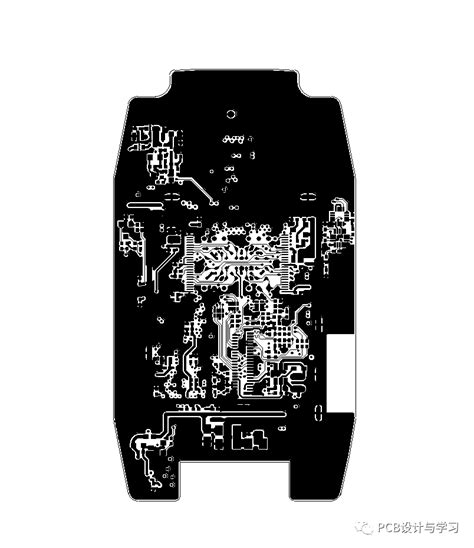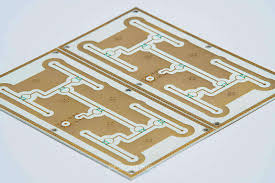Mounting Components on PCB: Techniques, Challenges, and Future Trends
Introduction
Printed Circuit Boards (PCBs) are the backbone of modern electronic devices, serving as the platform for mounting and interconnecting electronic components. The process of mounting components on a PCB is a critical step in electronics manufacturing, directly impacting the performance, reliability, and manufacturability of electronic devices. This article explores the techniques, challenges, and future trends associated with mounting components on PCBs, covering both Surface Mount Technology (SMT) and Through-Hole Technology (THT), as well as hybrid approaches.
1. Overview of Component Mounting Techniques
1.1 Surface Mount Technology (SMT)
Surface Mount Technology (SMT) is the most widely used method for mounting components on PCBs. SMT involves placing components directly onto the surface of the PCB, where they are soldered using reflow soldering. SMT components, known as Surface Mount Devices (SMDs), are typically smaller and lighter than their through-hole counterparts, making them ideal for high-density and compact designs.
Key Advantages of SMT:
- High Component Density: SMT allows for smaller components and tighter spacing, enabling more complex and compact designs.
- Automation-Friendly: SMT processes are highly automated, making them suitable for high-volume production.
- Cost-Effective: Reduced material usage and faster assembly times lower production costs.
Common SMT Components:
- Resistors, capacitors, and inductors (in small packages like 0402 or 0201).
- Integrated Circuits (ICs) with fine-pitch leads or ball grid arrays (BGAs).
- LEDs, diodes, and transistors.
1.2 Through-Hole Technology (THT)
Through-Hole Technology (THT) is an older but still relevant method for mounting components. THT involves inserting component leads through drilled holes in the PCB and soldering them on the opposite side. THT components are generally larger and more robust, making them suitable for applications requiring high mechanical strength or thermal stability.
Key Advantages of THT:
- Mechanical Strength: THT components are securely anchored to the PCB, making them ideal for high-stress environments.
- Ease of Manual Assembly: THT components are easier to handle and solder manually, making them suitable for prototyping and low-volume production.
- Thermal and Electrical Performance: THT connections often provide better heat dissipation and current-carrying capacity.
Common THT Components:
- Large capacitors, transformers, and connectors.
- High-power components like relays and heat sinks.
- Components requiring manual assembly or repair.
1.3 Hybrid Mounting
In many modern PCB designs, a combination of SMT and THT is used to leverage the strengths of both technologies. For example, a PCB might use SMT for most components but rely on THT for connectors or high-power components. Hybrid mounting requires careful planning to ensure compatibility between the two processes.

2. The SMT Process: Step-by-Step
2.1 Solder Paste Application
The first step in SMT is applying solder paste to the PCB. A stencil is used to deposit the paste onto the solder pads. The stencil ensures precise application, which is critical for achieving reliable solder joints.
2.2 Component Placement
After solder paste application, a pick-and-place machine positions the SMD components onto the PCB. These machines use vacuum nozzles to pick up components from reels or trays and place them with high accuracy.
2.3 Reflow Soldering
The PCB is then passed through a reflow oven, where the solder paste is heated to its melting point, forming solid solder joints. The reflow process involves several stages: preheating, soaking, reflow, and cooling.
2.4 Inspection and Testing
After soldering, the PCB undergoes inspection using Automated Optical Inspection (AOI) or X-ray systems to detect defects such as misaligned components, solder bridges, or insufficient solder.
3. The THT Process: Step-by-Step
3.1 Component Insertion
THT components are inserted into pre-drilled holes on the PCB. This step can be done manually or using automated insertion machines.
3.2 Wave Soldering
The PCB is passed over a wave soldering machine, where a wave of molten solder flows over the bottom side of the board, soldering the component leads to the PCB.
3.3 Cleaning and Inspection
After soldering, the PCB is cleaned to remove flux residues and inspected for defects such as cold solder joints or incomplete solder fill.
4. Challenges in Component Mounting
4.1 SMT Challenges
- Component Miniaturization: As components shrink, achieving precise placement and soldering becomes more challenging.
- Thermal Management: SMD components are more susceptible to thermal stress during reflow soldering.
- Solder Joint Reliability: SMT solder joints can be prone to cracking under mechanical stress.
4.2 THT Challenges
- Limited Component Density: THT components occupy more space, limiting the complexity of PCB designs.
- Higher Costs: THT processes are less automated and require more materials, increasing production costs.
- Drilling Requirements: THT requires precise drilling of holes, which adds complexity to the PCB fabrication process.
4.3 Hybrid Mounting Challenges
- Process Compatibility: Combining SMT and THT requires careful planning to avoid conflicts in the assembly process.
- Increased Complexity: Hybrid designs often require additional steps, such as selective soldering, which can increase production time and cost.

5. Common Defects and Solutions
5.1 Solder Bridging
Solder bridging occurs when solder connects adjacent pads or leads, causing short circuits. Solutions include optimizing stencil design, adjusting solder paste volume, and improving reflow profiles.
5.2 Tombstoning
Tombstoning is a defect where a component stands upright on one end due to uneven solder paste distribution. Solutions include ensuring even paste application and optimizing component placement.
5.3 Voiding
Voids in solder joints can weaken connections and reduce thermal performance. Solutions include using high-quality solder paste and optimizing reflow profiles.
5.4 Cold Solder Joints
Cold solder joints occur when solder does not melt completely, resulting in weak connections. Solutions include ensuring proper reflow temperatures and using appropriate flux.
6. Future Trends in Component Mounting
6.1 Advanced Packaging Technologies
As electronic devices become smaller and more powerful, advanced packaging technologies like 3D packaging, wafer-level packaging, and System-in-Package (SiP) are gaining traction. These technologies enable higher component density and improved performance.
6.2 Automation and Industry 4.0
The integration of automation, robotics, and artificial intelligence (AI) is transforming PCB assembly. Smart factories equipped with AI-driven inspection systems and predictive maintenance tools are improving efficiency and reducing defects.
6.3 Green Manufacturing
Environmental concerns are driving the adoption of eco-friendly materials and processes. Lead-free solder, halogen-free PCBs, and water-based cleaning agents are becoming standard in the industry.
6.4 Flexible and Stretchable Electronics
The rise of wearable devices and IoT applications is driving demand for flexible and stretchable PCBs. These technologies require new approaches to component mounting, such as conductive adhesives and low-temperature soldering.
Conclusion
Mounting components on PCBs is a complex and dynamic field that plays a critical role in electronics manufacturing. Surface Mount Technology (SMT) and Through-Hole Technology (THT) each offer unique advantages and challenges, and the choice between them depends on the specific requirements of the application. Hybrid mounting techniques are increasingly being used to combine the strengths of both methods.
As the electronics industry continues to evolve, new trends such as advanced packaging, automation, and green manufacturing are shaping the future of component mounting. By staying abreast of these developments and addressing the challenges associated with component mounting, manufacturers can produce high-quality, reliable, and innovative electronic devices that meet the demands of today’s rapidly changing technological landscape.







